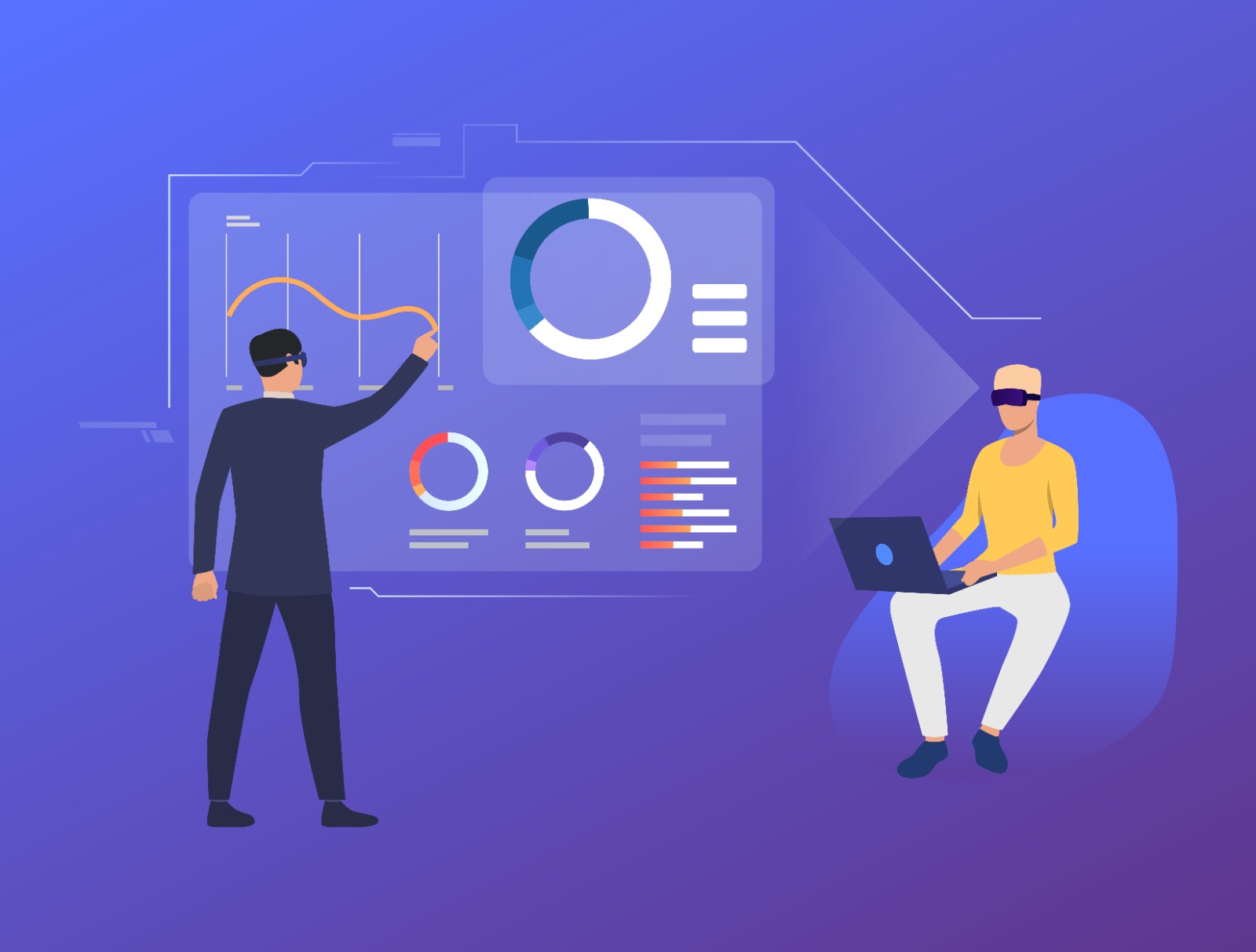Power BI Reports vs. Qlik Sense Choosing the Right Data Visualization Tool
November 13, 2024
Introduction
In today’s data-driven business landscape, organizations rely on data visualization tools to transform complex data into meaningful insights. Two popular contenders in the field of data visualization are Power BI Reports and Qlik Sense. These tools empower businesses to analyze, interpret, and present data in visually compelling ways. In this blog, we will compare Power BI Reports and Qlik Sense, exploring their features, capabilities, and benefits. We will delve into the world of data visualization, highlighting the importance of big data analytics, business intelligence (BI), and the role of top financial experts in utilizing these tools for financial reporting and data-driven decision-making. Join us as we navigate the landscape of data visualization to help you make an informed choice between Power BI Reports and Qlik Sense.
The Power of Data Visualization
Data visualization is a key component of effective data analytics and business intelligence. It involves presenting complex data in a visual format, enabling users to quickly grasp insights and identify patterns. By utilizing charts, graphs, maps, and interactive dashboards, data visualization tools facilitate the exploration and understanding of data, enhancing decision-making and driving business outcomes. Data visualization empowers organizations to communicate data-driven insights effectively, making complex information accessible to stakeholders at all levels.
Comparing Power BI Reports and Qlik Sense
Power BI Reports and Qlik Sense are feature-rich data visualization tools that offer powerful capabilities for data analysis and reporting. Both tools provide user-friendly interfaces, interactive visualizations, and seamless integration with various data sources. However, there are key differences to consider when choosing the right tool for your organization.
Power BI Reports, developed by Microsoft, excels in its integration with other Microsoft products and its seamless connectivity with Excel and SQL Server. It offers robust self-service analytics capabilities, empowering users to create visually stunning reports and dashboards. Power BI Reports is known for its intuitive interface and its ability to handle large datasets, making it a popular choice for organizations embedded in the Microsoft ecosystem.
On the other hand, Qlik Sense, developed by Qlik, focuses on providing a flexible and intuitive data discovery experience. Qlik Sense offers a unique associative data model that allows users to explore data relationships freely, uncovering hidden insights and connections. It emphasizes user-driven exploration, allowing users to ask ad-hoc questions and dynamically interact with visualizations. Qlik Sense is known for its powerful data transformation capabilities and its strong emphasis on data governance and security.

The Role of Top Financial Experts
Top financial experts play a vital role in selecting the right data visualization tool for financial reporting and decision-making. Their understanding of financial data, analysis techniques, and reporting requirements enables them to evaluate and leverage the strengths of Power BI Reports and Qlik Sense effectively. Financial experts can utilize these tools to create dynamic financial reports, analyze key financial metrics, and provide valuable insights to stakeholders.
Financial experts leverage the data visualization capabilities of Power BI Reports and Qlik Sense to identify trends, monitor performance, and drive financial decision-making. Their expertise in financial reporting standards, compliance, and risk assessment ensures that the chosen tool aligns with the organization’s reporting needs and regulatory requirements.
Choosing the Right Data Visualization Tool
When selecting between Power BI Reports and Qlik Sense, several factors should be considered. These include the organization’s data ecosystem, user requirements, scalability, data governance, and security considerations.
For organizations deeply embedded in the Microsoft ecosystem, Power BI Reports offers seamless integration with other Microsoft tools, such as Excel and SQL Server, providing a unified and familiar experience. Its self-service analytics capabilities enable users to create visually appealing reports and dashboards with ease.
Qlik Sense, on the other hand, shines in its user-driven exploration and flexible associative data model. It empowers users to uncover hidden insights and freely explore data relationships, making it an excellent choice for organizations that prioritize user-driven discovery and data exploration.
Both tools offer robust data connectivity options, extensibility through APIs, and strong visualization capabilities. Evaluating these tools against specific use cases and user requirements is crucial to selecting the right data visualization tool for your organization.
Power BI Reports and Qlik Sense are powerful data visualization tools that empower organizations to transform raw data into actionable insights. Each tool has its unique strengths, and the choice between them depends on factors such as organizational requirements, data ecosystem, and user preferences. By considering the capabilities, integration possibilities, and user experiences of Power BI Reports and Qlik Sense, organizations can make an informed decision, unlocking the full potential of data visualization for financial reporting and data-driven decision-making.



